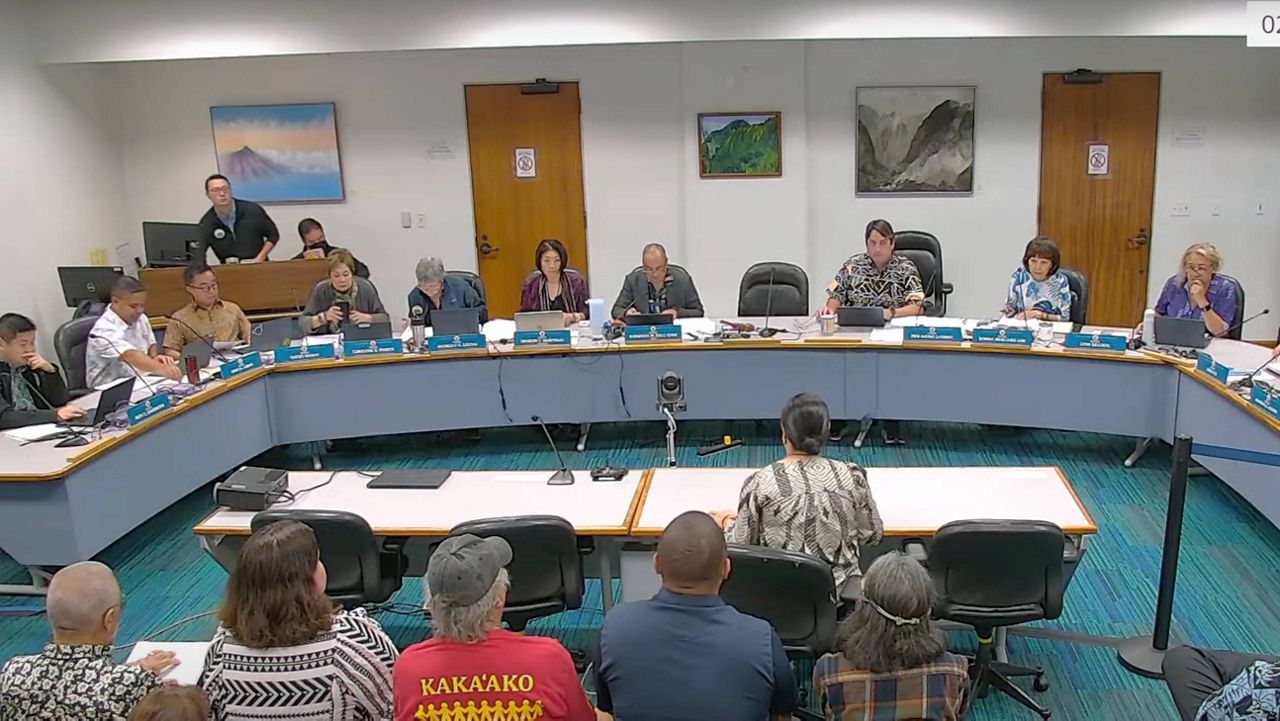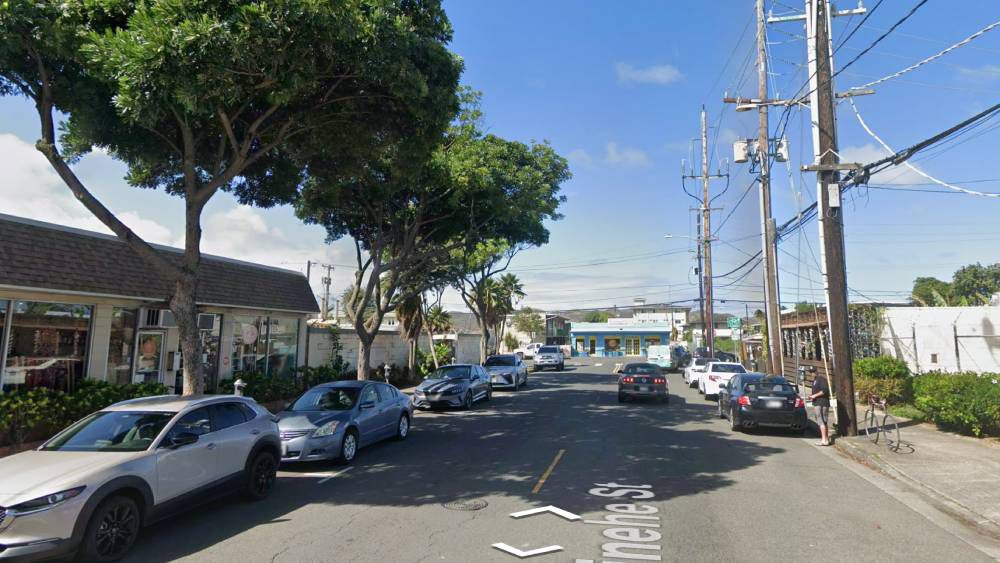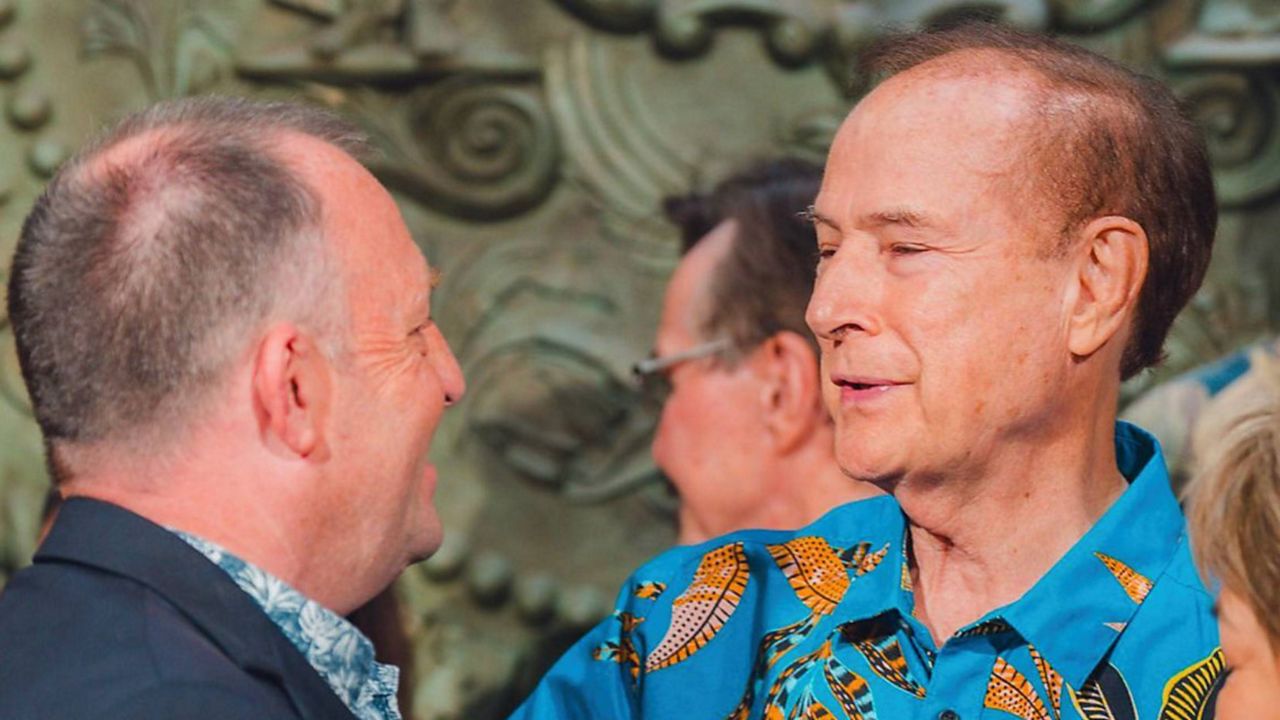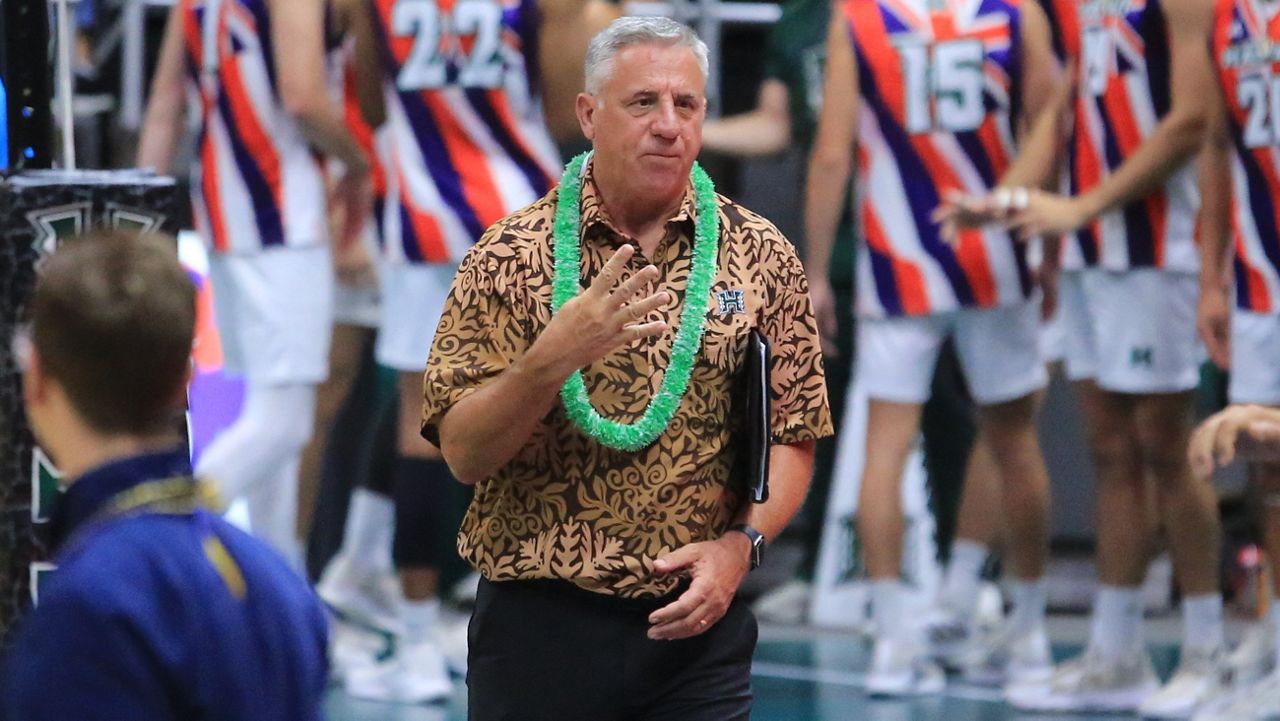The state Senate Committee on Ways and Means unanimously passed a bill Monday outlining the executive branch state budget for the next two fiscal years, giving the green light to just under $40 billion in total operating budget expenditures and more than $5.7 billion in capital improvement spending.
“The Senate continues to prioritize investments that foster systems within our island home to sustain essential services, including access to food, healthcare, and housing,” said WAM chair Donovan Dela Cruz. “This budget makes strategic appropriations to invest into our local regional economies to drive economic growth statewide. This wholistic approach will help to diversify our economy, create high-paying local jobs and reverse the brain drain. Together, we can make Hawaii a place where locals can live, learn, work and play.”
House Bill 300, House Draft 1, takes into account the latest downward forecast from the Council on Revenues and potential cuts in federal spending and policy. Senate leaders said the budget maintains essential services for the state’s most vulnerable populations while expanding the economy through strategic investments in emerging sectors.
The operating budget totals almost $10.44 billion in general funds and about $19.93 billion across all financing sources for Fiscal Year 2025-2026. It decreases slightly in FY27 to $10.42 billion in general funds and almost $19.74 billion across all financing sources.
The operating budget includes about $1.56 billion in general obligation bond funds and around $3.72 billion from all financing sources in FY26 and over $339.5 million in general obligation bond funds and about $2.05 billion from all financing sources the following fiscal year.
“In these times of uncertainty, we focused on the essentials: health and safety, compliance, infrastructure, and maintaining and modernizing state assets,” said WAM vice-chair Sharon Moriwaki. “We’ve also focused on our Senate priorities of affordable housing, workforce development, environmental sustainability and economic development and diversification including agricultural innovations.”
Among budget allocations contained in the measure:
- $15 million in FY26 and FY27 for the Healthcare Education Loan Repayment Program to help improve access to quality health care in underserved areas.
- 58 positions and $5 million in FY26 and 108 positions and $8.2 million in FY 27 for the Lieutenant Governor’s Ready Keiki Initiative to expand access to preschool statewide
- $5 million in FY26 to support state agencies in addressing homeless encampments on state lands
- $3.75 million in FY26 and FY27 for Housing First Program to provide transitional housing to individuals who frequent health care services and the criminal justice system
- 44 positions and $13.3 million in FY26 and FY27 for biosecurity
- $4.1 million in FY26 and FY27 for the First Lady’s Feeding Hawaii Keiki initiative, in collaboration with the state Department of Education and the University of Hawaii College of Tropical Agriculture and Human Resources
Michael Tsai covers local and state politics for Spectrum News Hawaii. He can be reached at michael.tsai@charter.com.











